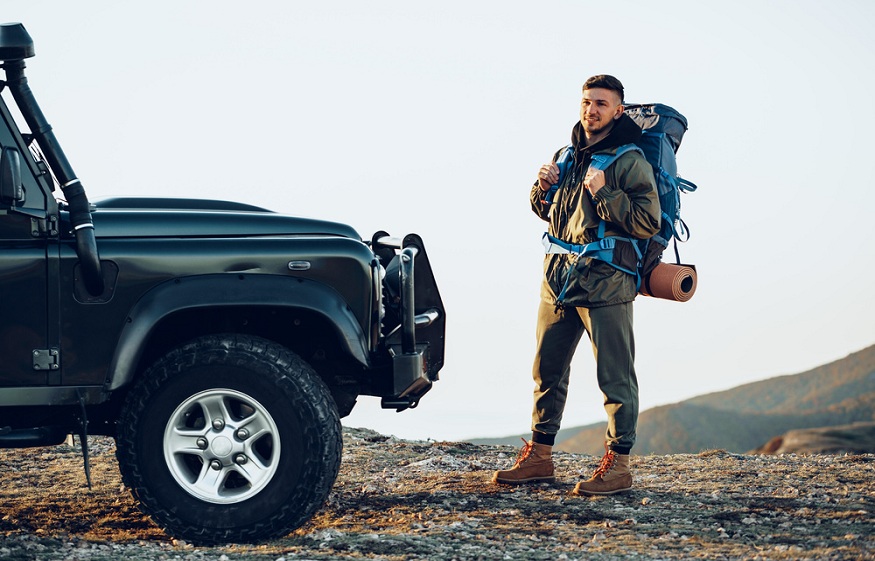If you plan to go hiking, then planning is where it all starts. However, it doesn’t take long before most people planning a hiking trip realize they are up against many safety considerations as well. It can even be a little scary to consider the number of things that could potentially go wrong when out on the trail. Of course, it depends on the length and location of the hike, but hikers ignore safety considerations at their absolute peril.
The things that could potentially go wrong on a hiking trip can be lumped into two categories. The first of these is being caught out unprepared for the realities of the hike, problems such as running out of food, getting lost, or suffering on account of inadequate protection from the terrain or the weather. The second is accidents, things that certainly don’t happen all the time, but can be disastrous for a hiker if they do strike.
Unsurprisingly, it is incredibly wise to prepare for both.
What Type of Hike?
At the planning stage, this is the one big consideration before you get to thinking about buckle down straps, cargo spaces, or where to park the vehicle before starting the hike.
The main thing to consider is whether you are going for an overnight hike or a day trip. Naturally, this is because overnight accommodation is a vital factor in the former case – and you can normally make it back to your car at the end of the day in the latter case.
Hiking becomes camping when you stay overnight, and so this needs to be clear before you even begin to sketch out your plan. However, there is one more vital concern here.
Plan for an Overnight Anyway
When you go hiking, you cannot arrange your time around, for example, train times or anything else that is considered convenient in the modern world. You will be traveling a considerable distance on two feet, most likely in a location with which you are not familiar. The risk, therefore, is a day hike turning into an overnight hike and requiring you to bed down somehow. You should be careful to at least make provisions for this, even if you only plan on going hiking for the day.
Further Advice
Rollercam, a company specializing in cargo transport solutions for outdoor pursuits, advises that planning for a hike is planning both a car journey and the hike itself – and considering what you can bring from one into the other. Often, when hiking, your vehicle will become your base, and you should plan for what is available at your base, where you locate it, and how you can get back to it – either at the end of your hike or if you need to get back in an emergency.
And speaking of emergencies, there is also the issue of emergency medical aid. In the very worst situations, there are rescue services that can help, but these are usually not an option in all but the most severe situations. Accordingly, you should be ready to deal with accidents and injuries ranging from the minor up to quite serious accidents. A comprehensive first aid kit, becoming more sophisticated for more dangerous hikes, is an essential item to bring.
Conclusion
Much depends on the nature of the hike itself, but hiking safety also has its fundamentals. Some of these are discussed in articles like these but, as a parting item of advice, you should always thoroughly research the details of the place you are going to. Only in-depth local knowledge will allow for an optimal safety plan.




